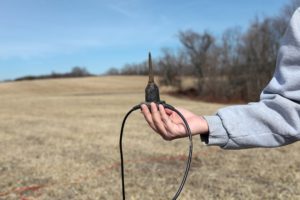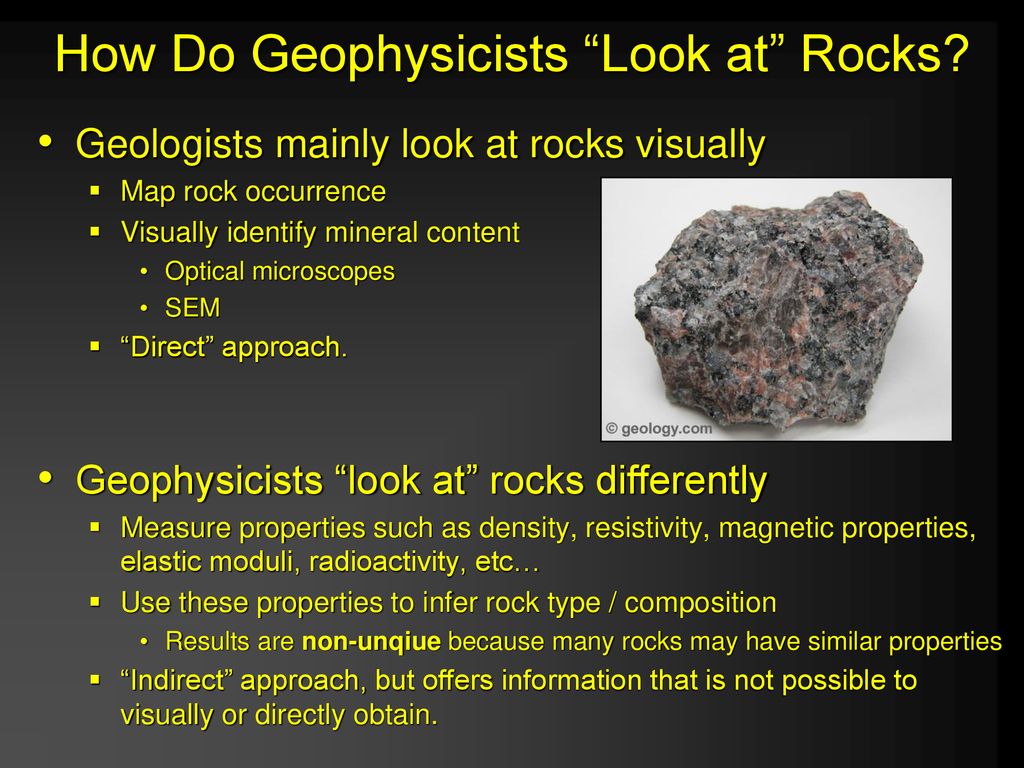All Categories
Featured
Table of Contents
- – Why Study Geology? in Rossmoyne Aus 2020
- – Geophysical Engineerskills And Knowledge in ...
- – Geophysical Surveys in Peppermint Grove West...
- – Geophysical Survey - Archaeological Researc...
- – What Would I Be Doing As A Geophysicist? in...
- – Geophysical Methods in Inglewood Western A...
- – An Assessment Of Geophysical Survey Techni...
Why Study Geology? in Rossmoyne Aus 2020
doi:10. 1556/AGeod. 45.2010. 2.9. S2CID 122239663. Temple 2006, pp. 162166 Russo, Lucio (2004 ). Berlin: Springer. p. 273277. Temple 2006, pp. 177181 Newton 1999 Section 3 American Geophysical Union (2011 ). "Our Science". About AGU. Obtained 30 September 2011. "About IUGG". 2011. Retrieved 30 September 2011. "AGUs Cryosphere Focus Group". 2011. Archived from the original on 16 November 2011.
Bozorgnia, Yousef; Bertero, Vitelmo V. (2004 ). Earthquake Engineering: From Engineering Seismology to Performance-Based Engineering. CRC Press. ISBN 978-0-8493-1439-1. Chemin, Jean-Yves; Desjardins, Benoit; Gallagher, Isabelle; Grenier, Emmanuel (2006 ). Mathematical geophysics: an intro to turning fluids and the Navier-Stokes equations. Oxford lecture series in mathematics and its applications. Oxford University Press. ISBN 0-19-857133-X.
( 2001 ). Dynamic Earth: Plates, Plumes and Mantle Convection. Cambridge University Press. ISBN 0-521-59067-1. Dewey, James; Byerly, Perry (1969 ). "The Early History of Seismometry (to 1900)". Publication of the Seismological Society of America. 59 (1 ): 183227. Archived from the original on 23 November 2011. Defense Mapping Agency (1984 ). (Technical report).
Geophysical Engineerskills And Knowledge in Brentwood WA 2020
TR 80-003. Recovered 30 September 2011. Eratosthenes (2010 ). Eratosthenes' "Location". Fragments gathered and equated, with commentary and additional product by Duane W. Roller. Princeton University Press. ISBN 978-0-691-14267-8. Fowler, C.M.R. (2005 ). (2 ed.). Cambridge University Press. ISBN 0-521-89307-0. "GRACE: Gravity Healing and Climate Experiment". University of Texas at Austin For Area Research Study.
Retrieved 30 September 2011. Retrieved 30 September 2011.:10.
Geophysical Surveys in Peppermint Grove Western Australia 2023
Lowrie, William (2004 ). Merrill, Ronald T.; Mc, Elhinny, Michael W.; Mc, Fadden, Phillip L. (1998 ). International Geophysics Series.
They also research modifications in its resources to supply guidance in meeting human demands, such as for water, and to predict geological risks and dangers. Geoscientists use a range of tools in their work. In the field, they might utilize a hammer and chisel to gather rock samples or ground-penetrating radar devices to search for minerals.
They also might use remote noticing devices to collect information, as well as geographical information systems (GIS) and modeling software application to evaluate the data gathered. Geoscientists may monitor the work of service technicians and coordinate deal with other researchers, both in the field and in the laboratory. As geological difficulties increase, geoscientists might choose to work as generalists.
Geophysical Survey - Archaeological Research in Straffon Australia 2022
The following are examples of kinds of geoscientists: geologists study how repercussions of human activity, such as contamination and waste management, impact the quality of the Earth's air, soil, and water. They likewise might work to fix issues connected with natural threats, such as flooding and disintegration. study the products, processes, and history of the Earth.
There are subgroups of geologists also, such as stratigraphers, who study stratified rock, and mineralogists, who study the structure and structure of minerals. study the motion and flow of ocean waters; the physical and chemical properties of the oceans; and the methods these properties impact coastal locations, environment, and weather.
They also research changes in its resources to offer guidance in meeting human demands, such as for water, and to anticipate geological threats and hazards. Geoscientists utilize a variety of tools in their work. In the field, they might utilize a hammer and sculpt to collect rock samples or ground-penetrating radar devices to search for minerals.
What Would I Be Doing As A Geophysicist? in Tuart Hill Aus 2020


They also may utilize remote noticing devices to collect information, along with geographic info systems (GIS) and modeling software application to analyze the data gathered. Geoscientists might monitor the work of specialists and coordinate work with other researchers, both in the field and in the lab. As geological challenges increase, geoscientists might choose to work as generalists.
The following are examples of kinds of geoscientists: geologists study how effects of human activity, such as pollution and waste management, affect the quality of the Earth's air, soil, and water. They also might work to resolve issues associated with natural hazards, such as flooding and erosion. study the materials, processes, and history of the Earth.
There are subgroups of geologists too, such as stratigraphers, who study stratified rock, and mineralogists, who study the structure and composition of minerals. study the movement and flow of ocean waters; the physical and chemical residential or commercial properties of the oceans; and the methods these properties affect seaside locations, climate, and weather.
Geophysical Methods in Inglewood Western Australia 2020
They likewise research modifications in its resources to supply assistance in conference human needs, such as for water, and to forecast geological dangers and threats. Geoscientists utilize a variety of tools in their work. In the field, they may utilize a hammer and chisel to collect rock samples or ground-penetrating radar devices to search for minerals.
They likewise might utilize remote picking up equipment to collect information, as well as geographical info systems (GIS) and modeling software application to analyze the data collected. Geoscientists may supervise the work of service technicians and coordinate work with other researchers, both in the field and in the laboratory. As geological challenges increase, geoscientists might opt to work as generalists.
The following are examples of types of geoscientists: geologists study how consequences of human activity, such as contamination and waste management, impact the quality of the Earth's air, soil, and water. They likewise may work to fix problems connected with natural dangers, such as flooding and erosion. study the materials, processes, and history of the Earth.
An Assessment Of Geophysical Survey Techniques ... in Pickering Brook WA 2021
There are subgroups of geologists too, such as stratigraphers, who study stratified rock, and mineralogists, who study the structure and structure of minerals. study the motion and blood circulation of ocean waters; the physical and chemical properties of the oceans; and the ways these residential or commercial properties impact seaside locations, environment, and weather.
Table of Contents
- – Why Study Geology? in Rossmoyne Aus 2020
- – Geophysical Engineerskills And Knowledge in ...
- – Geophysical Surveys in Peppermint Grove West...
- – Geophysical Survey - Archaeological Researc...
- – What Would I Be Doing As A Geophysicist? in...
- – Geophysical Methods in Inglewood Western A...
- – An Assessment Of Geophysical Survey Techni...
Latest Posts
Geophysical Surveys - U.s. Geological Survey in Wandi Western Australia 2023
Geophysics in Mount Claremont Aus 2020
Geophysical Survey in Casaurina Aus 2020
More
Latest Posts
Geophysical Surveys - U.s. Geological Survey in Wandi Western Australia 2023
Geophysics in Mount Claremont Aus 2020
Geophysical Survey in Casaurina Aus 2020